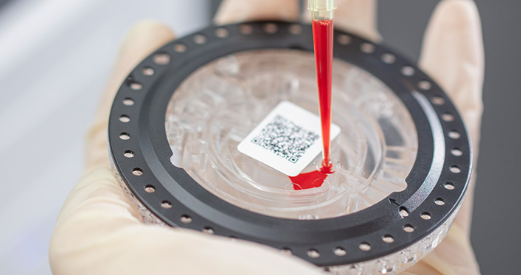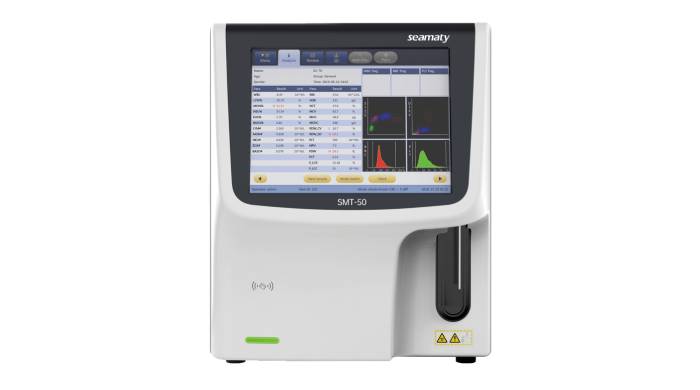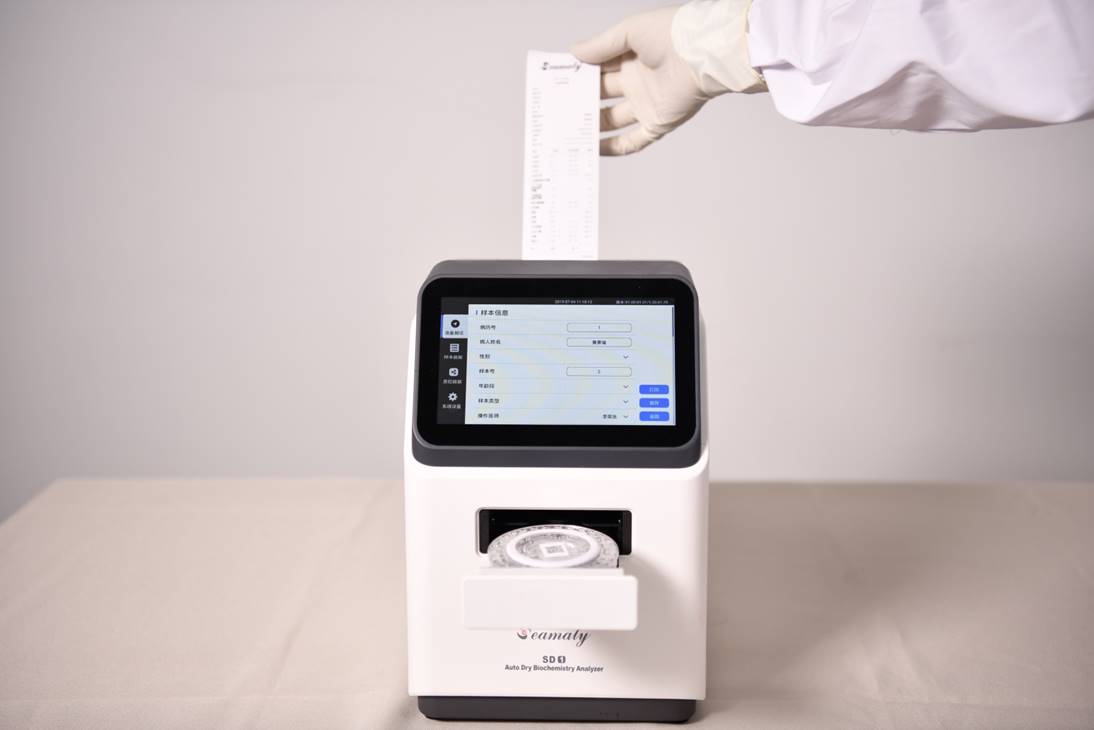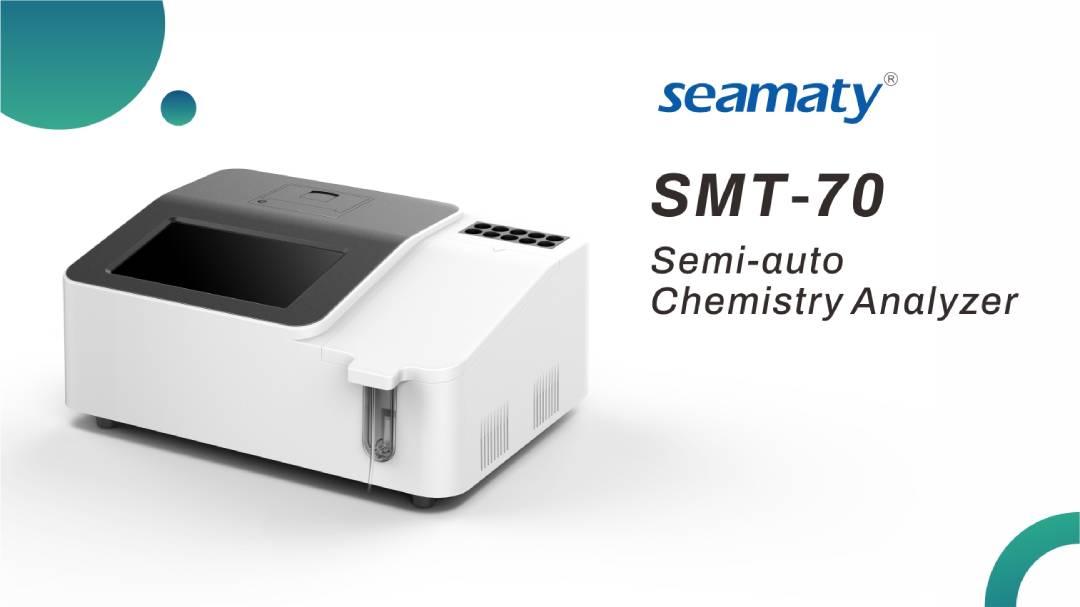release time:2022-05-23 16:32:11
Optical systems play an important role in microfluidic platforms. Various sample preparation steps on the microfluidic chip can be automated, such as sample mixing, incubation, evaporation, dilution, concentration, dosing, and extraction. Once the sample preparation is completed, it can be transported to the assay area via the chip. Optical detection methods are the most common methods used in microfluidic systems for quantitative sample detection.
Fluorescence, which is the light emitted by a substance when it absorbs light or other electromagnetic radiation, is one of the most common quantitative measurements in microfluidic systems. Fluorescence measurements involve measuring the light emitted from a sample after excitation of the sample using a light source. Filters are typically used to separate and select the characteristic band spectra of the excitation and emission fluorescence of a substance in a biomedical fluorescence test analysis system.
Optical systems are a key part of many microfluidic platforms. In some cases, the footprint of the entire platform is reduced by integrating the optical system onto the microfluidic chip. Many optical detection methods, through microfluidics, allow us to quantify or image the analytes in a sample.
The Seamaty Biochemistry Reagent Tray is a highly integrated sample handling system based on microfluidic technology for use with the Smarter Biochemistry Analyzer. The reagent tray contains integrated optical and mechanical components that are used in every stage of blood analysis, enabling a series of operations such as blood sampling, separation, dilution, reaction and testing to be performed in a small reagent tray.


2022-08-29
CBC machines are an important part of the healthcare industry. They are used to detect blood disorders and other medical conditions. Here we will discuss the different types of CBC machines and their uses in the healthcare industry. We will also discuss how CBC machines are improving patient care.

2022-06-02
Biochemical analyzers play a crucial role in any laboratory as they reveal valuable information that helps to efficiently and accurately diagnose a person. The information that can be gathered through this equipment includes:

2021-10-18
Semi-automatic biochemical analyzer should be installed on a smooth, fixed, dust-free working platform at room temperature of 15-30℃ and relative humidity <85%. The power supply of the instrument should be used separately. And need to be equipped with UPS uninterruptible power supply and ground, ground is particularly important. In order to ensure the best working condition of the instrument, it is best to warm up the instrument for 10 min before testing the specimen.